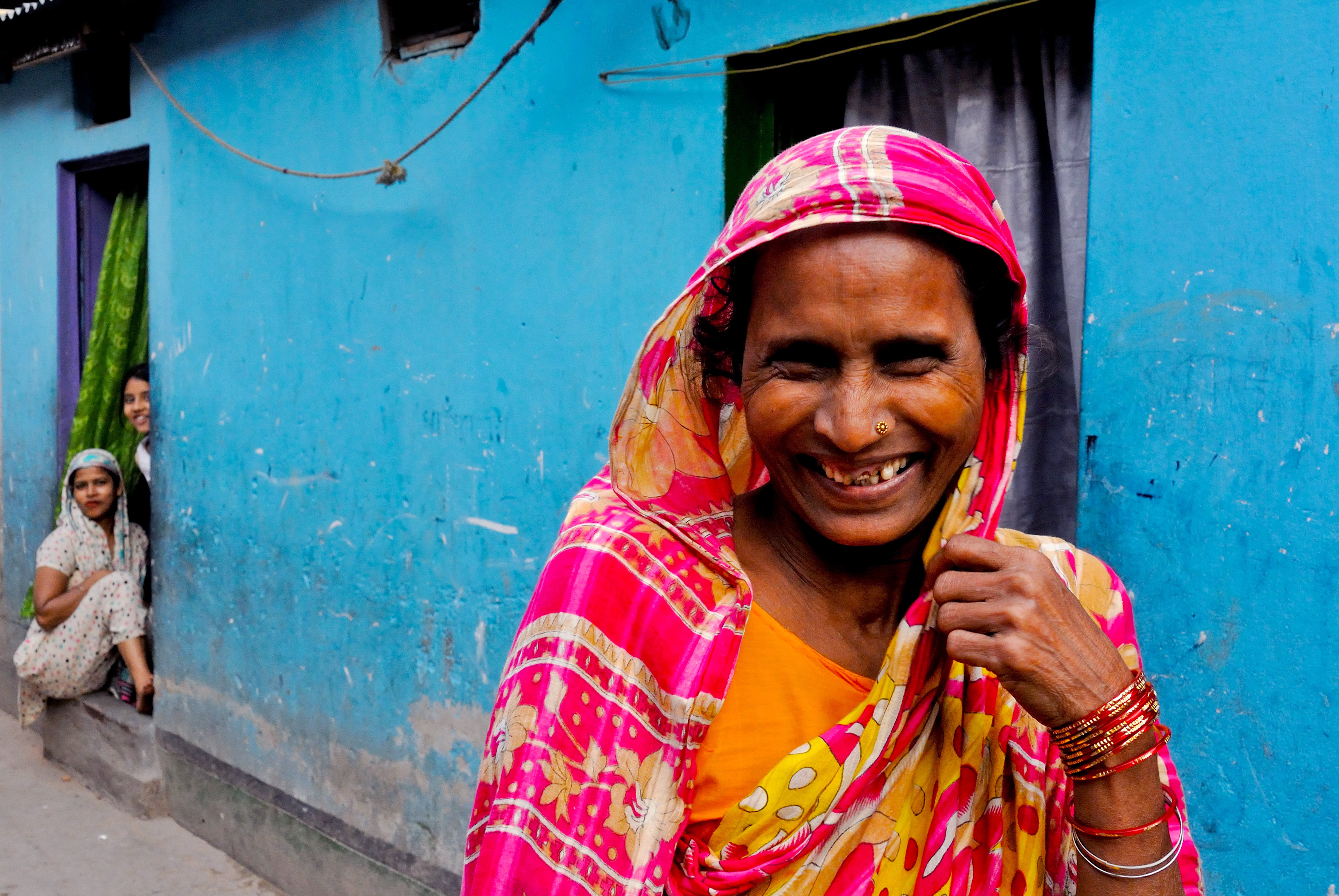Statement delivered by Marcos Neto at the UNECOSOC Parternership Forum, SDG Action Segment for Goal 1, UN HQ, New York
Partnerships and financing are key to lift people out of poverty
January 30, 2024

Good afternoon, ladies, and gentlemen,
Distinguished panelists joining us here and virtually,
Esteemed colleagues and guests,
A very warm welcome to the SDG 1 Action Segment of the 2024 ECOSOC Partnership Forum. Our focus today is on transforming our collective vision into tangible action and partnerships, crucial for achieving the targets of Sustainable Development Goal 1: No Poverty.
As we know, poverty is an stubborn and dynamic issue.
If current trends continue, 575 million people will still be living in extreme poverty, globally, and only one-third of countries will have reduce by half their national poverty levels by 2030.
Poverty transcends income deprivation to include lack of education, poor health, and living standards. Therefore, our dialogue today will be informed by the multifaceted realities of poverty.
Globally, we can observe three major trends shaping poverty:
1) Firstly, geographic and spatial disparities, with places and territories being left behind and the disparities between rural and urban areas;
2) Secondly, the demographic transformations shaping our world.
Too many young people lack access to the opportunities necessary to fulfill their potential. On the flip side, our aging population is growing fast, especially in middle-income countries, putting a strain on the support systems and hitting women hardest due to gaps in wealth, employment and health.
3) Thirdly, the intersection of fragility, conflict, and climate change compounds existing challenges.
By 2030, up to two-thirds of the world's extreme poor could live in fragile and conflict-affected countries. Women and girls face disproportionate risks and burdens.
To tackle those challenges, UNDP, and its partners, have been working with countries to push for ambitious targets to reduce poverty. In South Sudan, for example, a fintech solution known as "Sanduk" is quickly facilitating financial inclusion. ‘Sanduk’ is a communal savings and lending practice traditionally used by South Sudanese women (women borrowing from women) who can’t access credit.
With mobile partners, we worked with women, youth, and cross-border traders to understand and digitalize this savings scheme. This digital Sanduk service now reaches 1.6 million people in South Sudan. This local solution de-risks investment into rural communities granting lower interest credit for unbanked South Sudanese.
As we will explore strategies and solutions to address these challenges, I want to stress the importance of both partnerships and financing.
In pursuit of solutions, the emphasis on partnerships is essential. The private sector plays a critical role in poverty reduction, not only as the main provider of jobs, or in terms of innovation and resource mobilization capacity, but also as responsible stakeholder in a global society. As the private sector invest in decarbonize the economy, it is essential that this transition is a just one, where we address the climate crisis, while also lifting people after poverty.
Lastly, the enormity of investment required to create substantial change in lifting people out of poverty cannot be overstated—whether it is for education, health services, housing, infrastructure, or social protection systems. As we strive to innovate in the field of financing, the exploration of diverse funding sources, from international financial institutions to private sector engagement and public-private partnerships, becomes essential.
I look forward to our discussion over the next hour.
Thank you.

 Locations
Locations